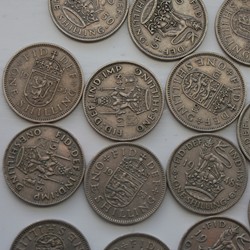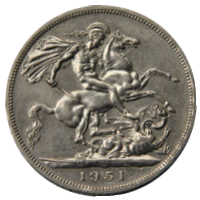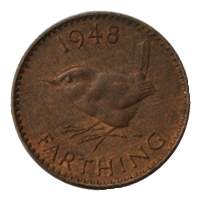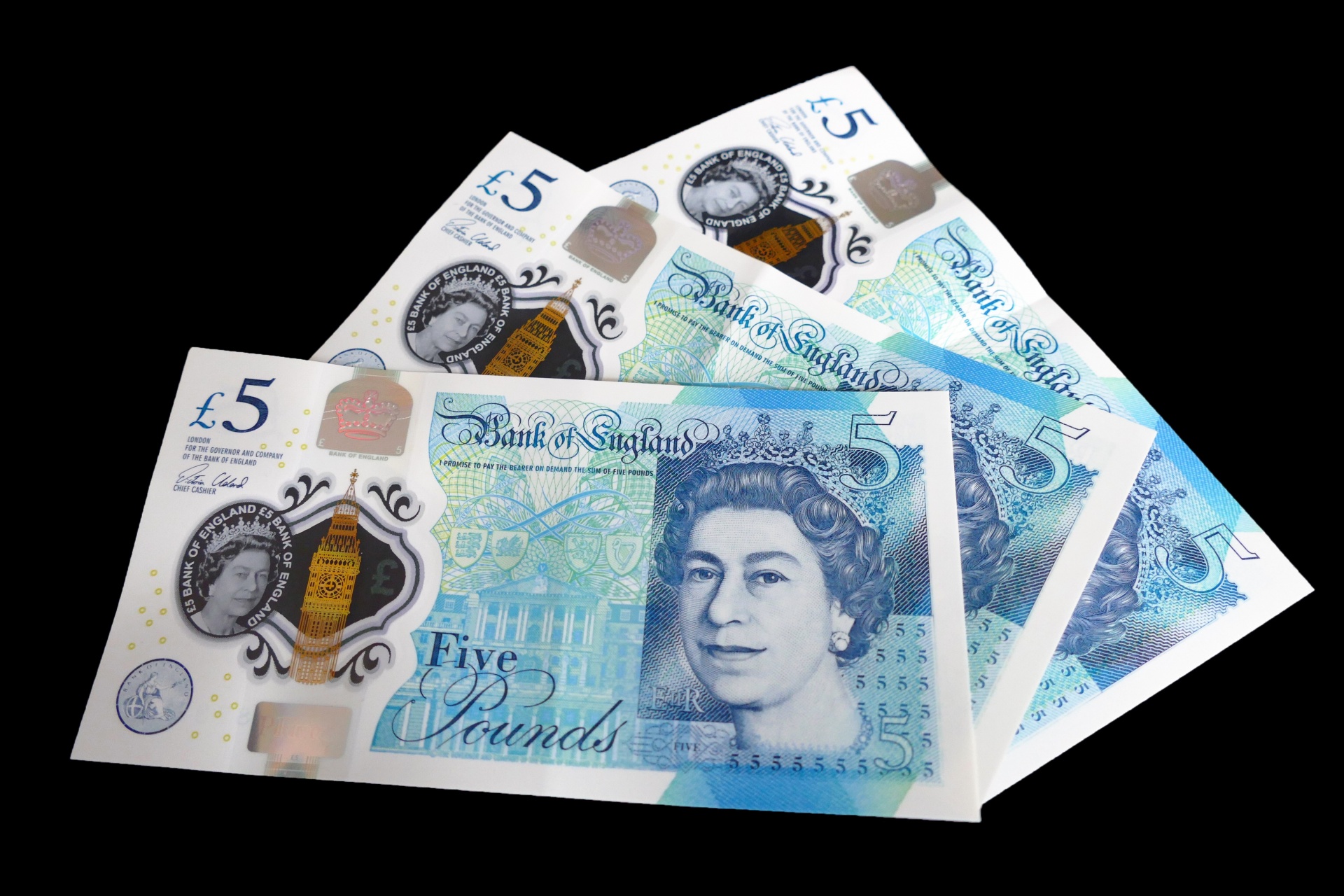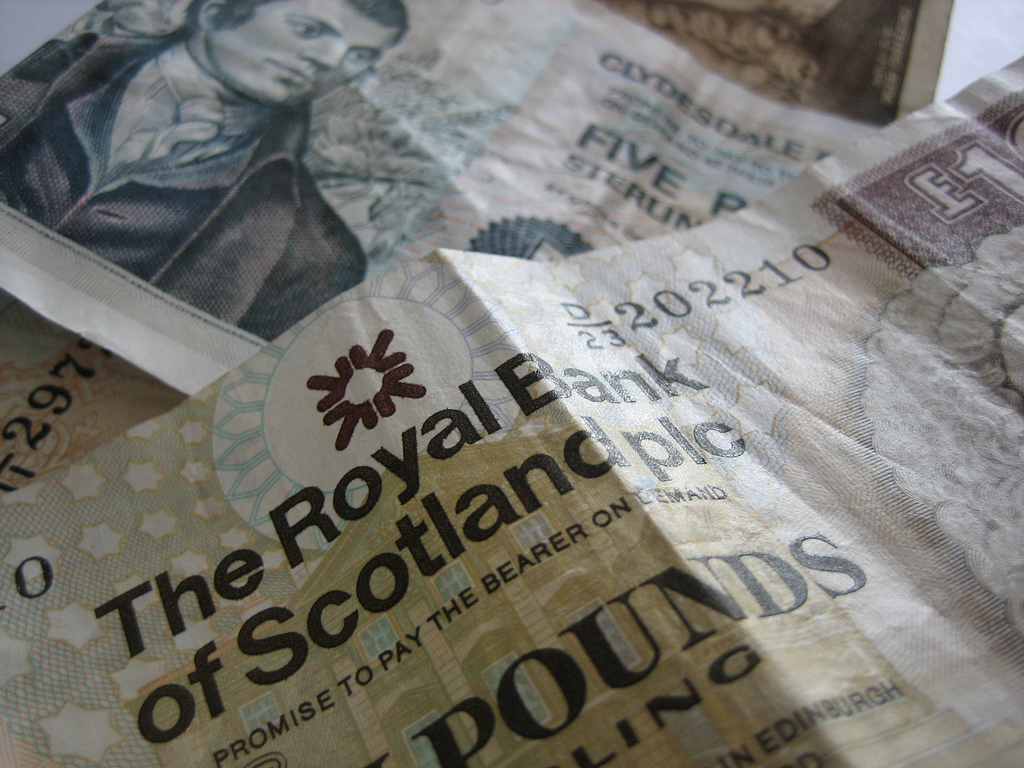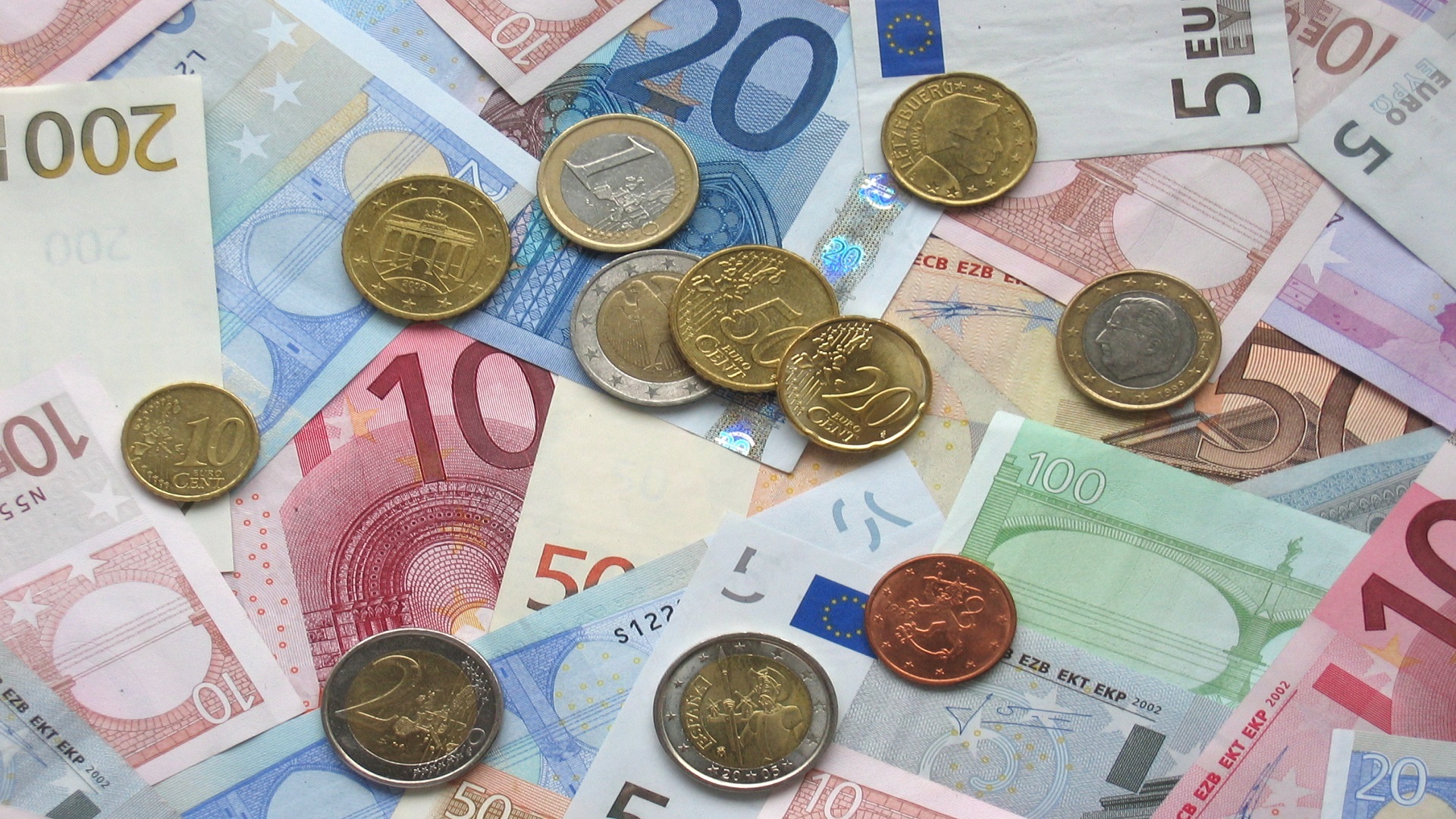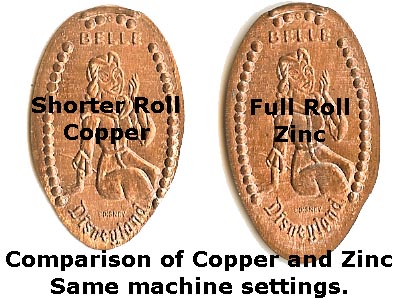How many pence are there in one pound
How many pence are there in one pound
Shillings
How many shillings in a pound?
Under the pre-decimal system there were 20 shillings in a pound.
How many pennies in a shilling?
There are 12 old pence, or 12d, in one shilling.
How much is a shilling in today’s money
A shilling is worth 5 new pence. Shillings remained legal tender until 1990.
What about allowing for inflation?
A shilling in 1971, when the UK adopted decimal currency, would be worth about 55p at today’s prices.
Was there a coin worth two shillings?
Florins remained legal tender until 1993 and were worth 10p. The florin was the last old money coin to be in circulation in the UK.
How many shillings in a crown?
A crown is 5 shillings. There are 4 crowns in a pound.
Half a crown is two shillings and 6 pence or 2.5 shillings.
How many shillings in a guinea?
A guinea is 21 shillings.
Pennies
How many old pennies were there to one pound?
There were 240 old pennies, or 240d, in a pound.
Crowns and half crowns
What is 2 shillings and 6 pence in today’s money?
2 shillings and 6 pence is 12½p in UK decimal money. Before 1971 it was worth more in real terms. Think about 2 shillings and 6 pence as £1.50 to get an idea of how much it would buy.
How much was ‘two and six’?
‘Two and six’ was two shillings and six pence. Two and six is 12½ new pence. It was also known as half a crown and there was a coin labelled ‘half crown’ which was worth two shillings and six pence.
How much was a crown?
A crown was five shillings (25p today) or a quarter of a pound. Crowns were usually only minted for special occasions. People kept them as souvenirs rather than spent them.
Pre-decimal crowns were minted on the following occasions:
Farthings
What is a farthing?
A farthing is one quarter of an old penny. Today it would be worth a tenth of a modern penny. It was Britain’s smallest coin and carried a picture of Britain’s smallest bird, the wren.
The Royal Mint issued the last farthing in 1956 and withdrew it from circulation on 31 December 1960.
In 1959 a farthing was still a very small sum, the worth one and a half new pence. You could not buy much with a farthing. You might get a farthing in change for goods whose price ended with 11¾d or 1 farthing short of a shilling. Many people refused them or put them in the charity box. Once the farthing disappeared, prices ended with 11½d.
One restaurant customer found a farthing tip was the ideal way to reward bad service.
How many farthings in a guinea?
A guinea is one pound one shilling, or twenty-one shillings. There are twelve pence in a shilling and four farthings in a penny. So one guinea is:
21 x 12 x 4 = 1008 farthings
How many farthings in a pound?
By the same logic there are 20 shillings in a pound so:
20 x 12 x 4 = 960 farthings in a pound.
Old money cheat sheet
How much was a shilling, a florin, a crown, a pound and a guinea in farthings, in pennies and in shillings.
ENGLISH BANKNOTES AND COINS
The official currency of the United Kingdom is the pound sterling which is equal to one hundred pence.
English banknotes are issued by the Bank of England. As to coins they are minted also by this state bank.
There are banknotes of the following denominations: £1, £5, £10, £20, £50, £100.
The following coins are in circulation: halfpenny, one penny, two pence, five pence, ten pence, fifty pence
On the face of English banknotes one can read the denomination given both in figures and in words.
The backs of English banknotes, like many other banknotes, feature portraits of different famous people.
QUESTIONS
1. What is the official currency of the UK?
2. What is the smallest unit?
3. How many pence are there in one pound?
4. What banknotes and coins are in circulation in the UK now?
5. Who issues banknotes and mints coins in the UK?
6. What famous people are featured on the back of various English banknotes?
1. The official currency of the United Kingdom is the pound sterling which is equal to one hundred pence.
2. The smallest unit is halfpenny
3. There are halfpenny, one penny, two pence, five pence, ten pence, fifty penoe in one pound.
4. There are banknotes of the following denominations: £1, £5, £10, £20, £50, £100.
The following coins are in circulation: halfpenny, one penny, two pence, five pence, ten pence, fifty penoe
5. English banknotes are issued by the Bank of England. As to coins they are minted also by this state bank.
6. Isaac Newton, the Duke of Wellington, Florence Nightingale, William Shakespeare are featured on the bank of various English banknotes.
AMERICAN MONEY
The American dollar is subdivided into one hundred cents.
The dollars are issued by the Federal Reserve System, established by Congress in 1913.
Here is the text on the face of an American dollar banknote:
— Federal Reserve Note;
— The United States of America;
— this note is legal tender for all debts public and private;
— Treasurer of the United States;
— Secretary of the Treasury
On the face of American dollars one can also see the portraits of the following famous persons:
— George Washington (1732—1799), the first President of the United States of America, who gave his name to the capital of the country.
George Washington became the first President after the successful war of 13 British colonies for independence. After they won the war they formed 13 states and united to make the United States of America. Thus Independence was proclaimed on July 4, 1776.
On the back of banknotes various famous buildings are featured, such as:
— Lincoln Monument, one of the monuments in Washington;
— US Treasury Building, in Washington;
— White House, house of every President, except George Washington, who only planned the capital of the USA;
— US Capitol, which houses the Senate and the House of Representatives;
— Independence Hall, in Philadelphia, where Independence of the 13 British colonies was proclaimed.
All the banknotes bear the words: In God We Trust
QUESTIONS
1. The American dollar is subdivided into one hundred cents.
2. The dollars are issued by the Federal Reserve System, established by Congress in 1913
3. you can see the text on the face of an American dollar banknote:
— Federal Reserve Note;
— The United States of America;
— this note is legal tender for all debts public and private;
— Treasurer of the United States;
— Secretary of the Treasury
4. On the back of banknotes various famous buildings are featured, such as:
-Lincoln Monument, one of the monuments in Washington;
-US Treasury Building, in Washington;
-White House, house of every President, except George Washington, who only planned the capital of the USA;
-US Capitol, which houses the Senate and the House of Representatives;
-Independence Hall, in Philadelphia, where Independence of the 13 British colonies was proclaimed.
5. The Federal Reserve System was established by Congress in 1913.
7. Independence of States was proclaimed on July 4, 1776.
8. Benjamin Franklin is famous for bifocal spectacles among many other things.
Pounds and pence: a guide to British currency
by INTO Study Team · Published February 23, 2018 · Updated May 7, 2019
Whether you’ve recently moved to the UK or you’re thinking it may be a good study location for you – you’ll need to know your pounds from your pence.
From buying a cup of tea or a bus ticket to paying a bill at a restaurant you’ll most likely need to use British money when studying in the UK.
Debit and credit cards are a popular way to pay for things in the UK, but there’ll still be times when you’ll need to use ‘real’ money – cash.
Introducing pounds and pence
The UK uses the Pound Sterling which, like most currencies around the world, is a decimal currency.
This means there are 100 pence in a pound. Pence come in coins of 1, 2, 5, 10, 20 and 50, and these coins vary in colour and shape.
But one thing you’ll always see on British money? The Queen of England – of course!
Top tip: Pence is often simply pronounced ‘pea’, and one pence is also sometimes called a penny.
Quids in
The lower values – £1 and £2 – come in coins, while the higher values of £5, £10, £20 and £50 come in different coloured notes issued by the Bank of England.
These notes have pictures of famous Britons on them, so you can even learn a little British history while spending your money.
Top tip: £50 notes are quite rare, and some shops can be cautious about accepting them in case they are fake!
Sounds simple!
If you’re studying in, or visiting, Scotland or Northern Ireland you might notice some pound notes that look very different to the Bank of England notes.
This is because Scotland and Northern Ireland can issue their own bank notes which, as well as Bank of England notes, are accepted in these countries.
It’s worth remembering that many shops outside of these countries might not accept these notes as they may be unfamiliar to them.
Top tip: You can exchange Scottish and Northern Irish bank notes for English ones at most banks in England – usually for free!
Click here to find out more about British currency.
What about Euros?
Despite its physical and cultural proximity to continental Europe, the UK has never really embraced the Euro as an accepted form of currency.
Some places in London such as Harrods and Selfridges may take Euros and even Dollars as payment but if you need a ‘bureau de change’, Marks and Spencer, a common high street store, is a popular place to exchange money.
Top tip: If you’re studying in or visiting Northern Ireland and you have some Euros, you can always visit Republic of Ireland across the border and spend them there!
Click here to find out how the British currency got to where it is today
If you want to browse your study abroad options, click here to visit our website.
Feeling social? Give us a follow on YouTube, Facebook, Instagram and Twitter!
How Many Pennies Per Pound
Penny Pressing Choices / Varieties
How many pennies per pound / different types / varieties of «pennies» or U.S. cents are there?
There are approximately 145 copper pennies in a pound.
There are approximately 181 copper plated zinc pennies in a pound.
There are approximately 168 steel pennies in a pound.
Weights are for NEW coins. There are of course, more older, thinner, worn pennies in a pound.
Please reference the chart below for types of pennies or US Cents and the different types of 1982 copper and zinc cents.
How Many Pennies are in a Pound?
Types, Metals, Weights
Varieties of 1982 U.S. «Pennies»
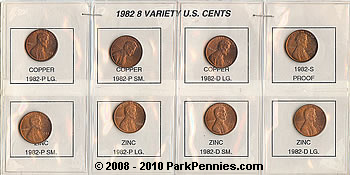
*1982 «Pennies» or U.S. cents, can be copper or zinc.
(Click image for a close-up)
A good way to be sure if a 1982 penny / cent is copper or zinc is to weigh it. Zinc is much lighter. Collectors can use most any scale from a simple «teeter-totter» style balance scale made from Popsicle sticks to a top-of-the line electronic scale. All work fine. If you have a keen ear you can drop the pennies on a table top and tell them apart by the sound. High ring for copper cents and a dull ring for zincs. Also, a sharp eye can sometimes spot copper and zincs by a slight color difference.
The Future of the US Penny.
Steel Cents and Steel Nickels?
Note: Estimates are for new coins without any wear. *Please see 1982 details above on this page.
Current Value of One Pound of Copper
How many pennies are in a pound? It’s a question often stated in emails to ParkPennies.com. To be complete, there are really two main questions, » How many copper pennies / cents are in a pound?» and » How many zinc cents / pennies are in a pound? «. The chart above covers the different types of pennies and the various numbers of cents in a pound. Hey! I didn’t know steel cents / pennies weigh less than copper!
Seems on-line auctions offer some elongated coins and pennies by the pound. Based on our «research and experience», in other words, «our guess» is that there are about 145 pennies in a pound. For the purists, there are about 145 copper cents / pennies in a pound. On the other hand, post 1982 «zinc» cents which have a copper plating over a much softer, much lighter zinc planchet. So there are about 180 zinc cents / pennies per pound. Those numbers of pennies per pound are of course for new, «uncirculated», zinc or copper cents. When minted, new copper cents weigh about 3.11 grams each and new zinc cents about 2.5 grams each and that is our basis for the number of pennies in a pound. However, once they are put in circulation, they start to wear thinner and thinner. Ever seen a well-warn 1918 cent? Sometimes it’s hard to tell heads from tails! So, after years of circulation, most all coins, will of course, weigh less and there will be more pennies per pound. Please note that Tokyo Disneyland Medals and Hong Kong Disneyland Magical Coins are not pressed on «pennies», so these estimates do not apply to them. Also, quarters weigh about twice as much as cents at about 80 uncirculated quarters in a pound. Well, we hope this is of help when you see a pound of elongated coins or wheat cents up for auction or you are doing your best to figure out the new postal rates. 
What’s the best kind of penny to press? Which cents do elongated coin / pressed penny collectors generally prefer? Given a choice, many «pressed penny» collectors choose Pre-1982 solid copper cents. The copper-plated zinc pennies, minted primarily after 1982, are to many elongated coin collectors, a second choice. Although these newer (zinc) cents may look nice and shiny today, the thin layer of copper on the surface of the coin may stretch thin when elongated in the penny press and expose the silver-colored zinc beneath. Also, if they are cleaned, one must use extra care. That is not to say all collectors shun zinc cents. In the defense of zinc cents, I remember that the highest priced elongated coin I’ve seen sold to date, was pressed on a zinc penny. Also, pressing a penny dated the same year as it’s pressed is preferred by a good number of collectors and some Christmas pressed pennies can look really neat pressed on zinc. sorry, more digression!
In defense of zinc cents, they will often «roll» or press better in machines that do not have enough pressure to press harder, solid copper pennies. The example above shows only a slightly short roll. Some poorly adjusted machines will produce coins missing the bottom 20% of the coin image.
Sometimes a short roll can be corrected by rubbing the coin, before it is pressed, with a cloth that has barely enough oil in it to leave a film on the coin. Care must be taken. More oil can cause surface damage to the elongated coin or may cause the coin to stick inside the machine.
Related: More tips about making pressed pennies on our Pressed Pennies Facts and Fiction page.
How can I tell if a pressed penny is copper or zinc?
— Copper elongated cents when dropped on a hard surface will «ring». Elongated zinc cents usually will have more of a dead, soft, or hollow sound when dropped on the same hard surface.
— Zinc elongated cents often show «silver streaking». The streaking is caused by the zinc metal from the center of the original coin, which shows through breaks in the copper plated surface of the original cent.
— Elongated copper cents are heavier than elongated zinc cents. They can be sorted by use of a simple teeter-totter balance scale. Just balance a Popsicle across a pencil with a copper cent at both ends, then swap one of the copper cents for the unknown (possibly zinc) pressed pennies. If the unknown pressed penny is lighter, it was probably pressed on a zinc cent. Yes, ParkPennies.com does have high-tech solutions for today’s challenges!
Possibly of interest, an except from the ParkPennies.com Frequently Asked Pressed Penny Questions:
«Copper(s) A United States cent dated before 1982, the year in which the metal used to make cents transitioned from copper to copper-plated zinc. Also used to refer to the elongated coin rolled from a copper cent. Elongated coin collectors, most generally, prefer copper or «Pre ’82» cents that include wheat cents. See also Zincer and BU. Note that even though copper cents may be preferred over zinc cents, a full roll is also important and copper cents generally will press shorter than zinc cents. Many machines are set to press the harder copper cents to full length. However, some machines might not. Here is an example of two cents one copper and one zinc pressed at that same time in the same machine.
Sometimes people need to know how many pennies are in a pound. It’s handy to know if you are shipping coins or if you are offered coins for sale by the pound. Do keep in mind that often older circulated coins are a bit lighter from wear. Here are some estimates of weight. New, unused or uncirculated copper cents weigh about 3.11 grams each or about 145 copper pennies per pound. New zinc cents are much lighter and weigh only 2.5 grams each yielding about 180 zinc pennies in a pound. And there are about 80 uncirculated quarters in a pound. Hope this is of help when you see «a pound of elongated cents» for sale. 
It’s not always hard to tell a zinc cent from a copper cent, once you see them side by side. Often there are surface breaks that show a silver-zinc color below. Other times, it is easy to differentiate copper and zinc cents by the high «ring» an elongated copper cent makes compared to more of a dull click made by an elongated zinc cent, when the coins are dropped on a hard surface. Additionally, zinc cents often have a different, lighter surface «copper color». Rest assured, in time you will be able to tell zinc from copper 90% of the time without even holding the coin.«
«Zinc, Zincer, Zincie A US cent minted after mid 1982 that has a zinc metal core coated with copper to make it look like a copper cent. This «penny» is often described as «Nice new and shiny» as zinc cents often are the newest least circulated cents found in circulation. However, when rolled these cents can expose their «silver-colored» zinc core in streaks that break through the copper plated surface of the coin. The silver color may oxidize and turn black. Attempts to remove the black oxide often results in damage to the coin. Of note, copper cents weigh about 3.11 grams each with about 145 per pound. Zinc cents are much lighter and weigh only 2.5 grams each with about 180 in a pound. If there are no surface breaks that show a silver-zinc color below, it is easy to differentiate copper and zinc cents by the high «ring» of and elongated copper cent compared to more of a dull click of an elongated zinc cent, when the coins are dropped on a hard surface. Additionally, zinc cents often have a different, lighter surface «copper color».
It should be noted that some collectors prefer to press currently dated cents, to commemorate the time the elongated coin was pressed. However, the majority of elongated coins collectors prefer pre 1981 solid coppers for use in pressing elongated cents.»
«Steelie or Steel Cent A 1943 US cent made from steel to save copper during WW II. These cents, when free of rust, have a silver color to them from the zinc plating on their surface. Not to be confused with a post 1982 zinc cent that is copper coated.»
Writer’s note: OK, maybe «penny» isn’t the best word and «pressed penny» may be a bit «casual» for some too. As you may know, many numismatists prefer to call pennies, cents and pressed pennies, elongated cents or elongated coins. Here at ParkPennies, we think of «pressing pennies» as a fun, casual hobby, so penny is our word of choice though we do use the terms interchangeably. However, the choice of words is probably not as important as the choice of penny type when you plan to make an elongated coin souvenir. We hope the notes we’ve cobbled together above about penny types, metal composition, weight, number of pennies per pound, and types of «pennys» er. ah. cents will be helpful. There is a variety of types listed, with several kinds of pennies among them that could make great elongated coins.
The End of the US Penny?
Will The United States Mint Discontinue US Coinage?
В аудиокурсе VoxBook, в основу которого положена художественная литература без упрощения текста, вам обязательно встретятся упоминание английских денег. Денежная единица Англии pound — фунт или pound sterling — фунт стерлингов (от лат. — вес) обозначается сокращенно знаком £ введен в обращение в IX-X вв.
Ранее в Англии для счета денег использовалась не десятичная монетная система исчисления, один фунт был равен 240 пенсам. В 1971 года система денежного исчисления Великобритании была реформирована в десятичную монетную систему, и один фунт стал равен 100 пенсам. При этом большинство денежных единиц прошлого вышли из употребления, но в литературе упоминания о них безусловно остались, а соответственно они остались и в нашем аудиокурсе.
Так в аудиокурсе VoxBook в сказке ‘Mr Vinegar’ из сборника English Fairy Tales :
Английские деньги сейчас.
В 1971 года система денежного исчисления Великобритании была реформирована в привычную десятичную монетную систему. Один фунт равен 100 пенни. В хождении банкноты номиналами: 1, 5, 10, 20, 50 фунтов, а так же монеты 1 и 2 фунта, и 1, 2, 10, 20, 50 пенсов которые назвали new penny — новой пенни.
Денежная единица penny пенни = 1/100 фунта (множественное число pence — пенсы) — обозначается сокращенно p. Этот знак ставится после числа (с точкой или без точки):
1p. — one penny (ед.число).
2p. — two pence (мн.число).
10p. — ten pence (мн.число).
Если количество цифр фунтов больше трех, то каждые три цифры справа налево отделяются запятой, а пенсы от фунтов — точкой:
£1,234,567.00 = 1234567 фунтов.
Денежные единицы Англии прошлого.
В Англии для счета денег использовалась не десятичная монетная система исчисления (скорее она похожа на двенадцатеричную систему исчисления: 1 фунт = 240 пенсам):

Выпускались монеты half farting — пол-фортинга = 1/8d., third farting — треть-фартинга = 1/12d., и quarthing farting — четверть-фартинга =1/16 d).

Выпускались монеты halfpenny — 1/2d., twopence — 2d., threepence — 3d., groat — 4d., five pence = 5d., sixpence — 6d.

Шиллинг — краткое обозначение s. = 12d. (12 пенсам)

Флорин = 2s. (2 шиллинга) = 24d.

Крона = 60d. (60 пенсам).
Выпускались монеты half crown — полкроны = 30d.


Cоверен = 240d. (240 пенсам) = 20s. (20 шиллингам) = £1 (1 фунту)
Выпускались монеты half sovereign = 120d. (120 пенсам) = 10s. (10 шиллингам) = £1/2 (1/2 фунту).
Имелись монеты и других достоинств, такие как полусоверен, полугинея, полукрона, полпени, полугроут, 2 пенса, 3 пенса, 6 пенсов sixpencе или ‘tanner’ и прочие.
Некоторые монеты не чеканились, например нет старых монет достоинством в 1 фунт вместо него чеканилась монета 1 соверен золотом достоинством равным в 1 фунт. Так же чеканились монеты достоинством 2 фунта и 5 фунтов. Выпускались различные бумажные банкноты, в том числе достоинством в 3 фунта. Именно это упоминается в начале статьи в примере из аудиокурса.
Называния английских денег и денежных сумм в сленге
Помимо официальных названий денежных единиц, имелись сленговые выражения, обозначающие те или иные английские деньги. Ниже приведены наиболее часто употребляемые сленговые синонимы:
1d = coal
1p = yennep/yenep/yennap/yennop
4d = groat
6d = tanner, bender, sixpence, kick, simon, sprazi/sprazzy, sprat/spratt, tom/tom mix
1s = bob, chip или shilling bit, dinarly/dinarla/dinaly, gen, hog
2s = two bob, bice/byce
5s = caser/case, tosheroon/tusheroon/tosh/tush/tusseroon
10s = ten bob, half, half a bar/half a sheet/half a nicker, knicker, net gen
£1 = bar, jack, nicker, nugget/nuggets, quid, saucepan
£2 = bottle, half a crown
£3 = tray/trey
£5 = fiver, flag бумажные £5,flim/flimsy, handful, jacks, oxford
£10 = tenner, big ben; £20 = score; £25 = macaroni, pony
£100 = ton; £500 = monkey; £1,000 = grand; £100,000 = plum
1 = guinea job, ned
1 = sovereign strike
